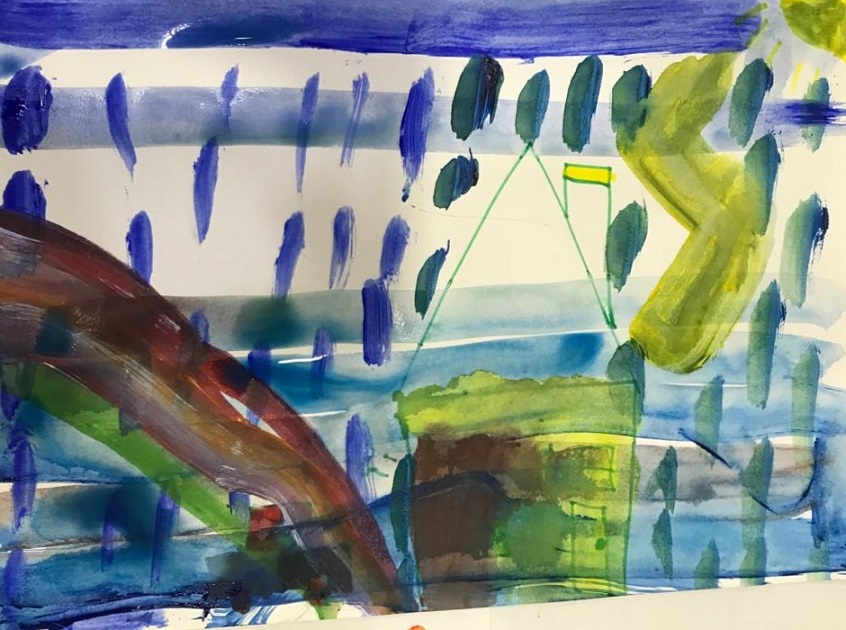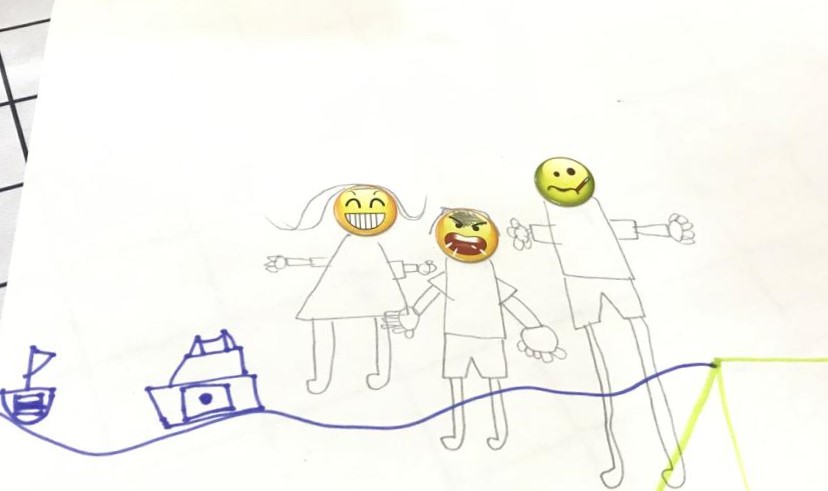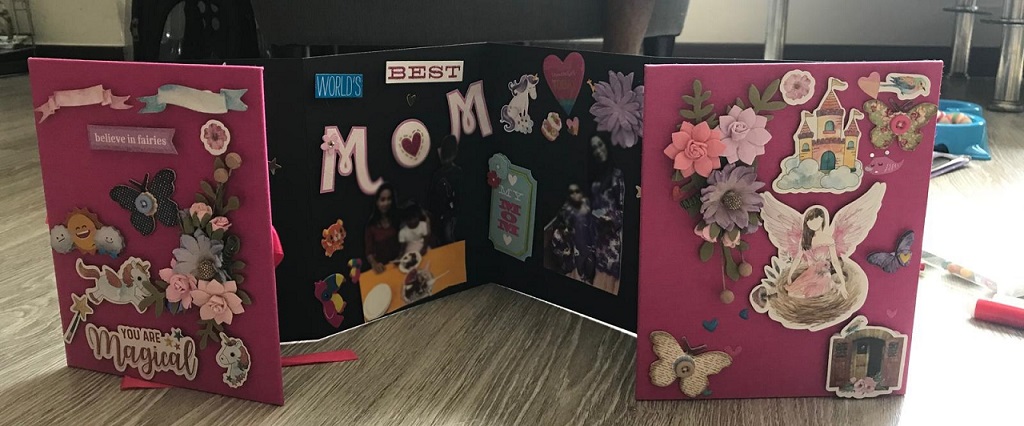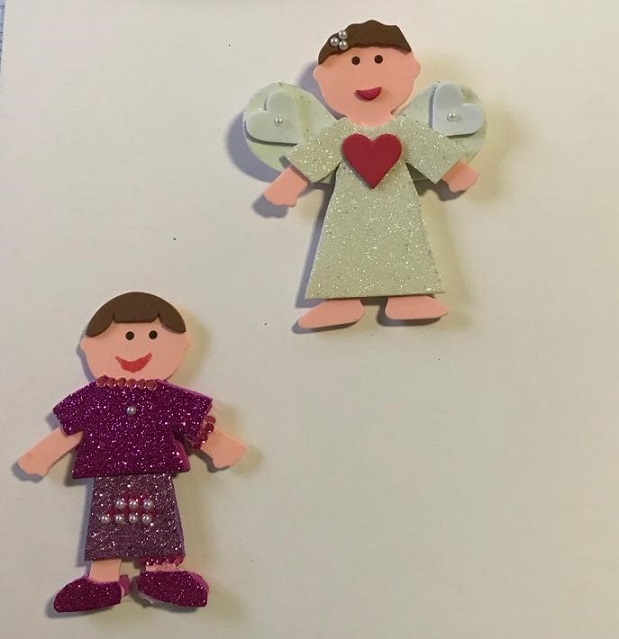
Close


Crayons, pencils, magazine cut-outs – these are just some of the tools in HCA Senior Art Therapist Gracia Lim’s arsenal. In art therapy sessions with patients or their loved ones, these materials are transformed into a diverse spectrum of artworks, each unique in the emotions they imbue.
Relatively little is known about the role of art therapy in palliative care, but there is no doubt that it provides invaluable insights into the thoughts and emotions of those undergoing therapy.
“I see patients and families across all age groups,” Gracia explains. “This includes young families in which a parent is terminally ill, elderly patients and younger patients under the Star PALS (Paediatric Advanced Life Support) programme.”
Confronted by the brutal reality of an impending death within the family, children are often the hardest hit. Unable to fully grasp the concept of death, it is common for children to hold erroneous – and heartbreaking – beliefs about the situation. Self-blame and guilt are often involved and children may even develop suicidal ideations.
“A patient’s daughter strived to be on her best behaviour, to be the best student, sister and daughter,” Gracia shares. “She believed that her efforts would help her mother recover.”
“Another seven-year-old girl was convinced that her mother’s illness was her fault,” Gracia says. “Two weeks before the diagnosis, the little girl had bought an eraser and then lied to her mum about it. She believed her actions led to her mother’s illness.”
These difficult emotions often manifest in the children’s artwork and even the way they interact with the art materials at hand. Through imagery, children are able to express themselves, enabling Gracia to make assessments and plan for interventions, to assist these children in the journey of anticipatory grief and bereavement.

A young boy’s family portrait and memory of their family’s last holiday together. He chose different emoji stickers to represent the emotional and physical states of his family (i.e. his father is sick and he is angry over the “virus” that is causing his father’s illness).
Gracia recounts a patient’s young son, who drew an erupting volcano and placed an angry emoji sticker on his drawing. Emojis are a direct and simple form of emotional expression and enable children to put a name to their feelings.
It was clear that the young boy was harbouring a lot of anger. As he worked with the wet paint, Gracia observed that he had begun dysregulating, as he struggled to manage the rising emotions. The boy’s emotional dysregulation provided an opportunity for Gracia to intervene.
“Before the session ended, I asked him to draw a safe picture, one without anger and destruction,” she explains. “Initially, he drew a submarine colliding into his home, but when I asked how he could transform it into a safe picture, he turned the scene into a swimming pool in which he could invite his friends over.”
HCA’s work does not end with the eventual passing of patients under its care. The bereavement process can be difficult and painful, even if bereaved families were mentally prepared for the inevitable.

A young girl created a photo-book together with her father, to document memories of special times spent with her late mother.
Apart from helping bereaved families process conflicting emotions, art therapy also presents an opportunity for the family to bond and find closure together. “On a home visit to a late patient’s family, I got the children to work on a photo album together to honour the memory of their mother,” Gracia explains. “Subsequently, their father joined in and started sharing his own memories of his late wife.”
The process of putting the photo album together helped the father and children grieve as a family, in turn bringing them closer.

Following his mother’s passing, a young boy created this artwork during Gracia’s visit to the family. He imagined his mother being in a good place and being taken care of by an angel. Being able to mentally place their late parent in a good place is an important part of a child’s grief process.
Enabling bereaved families to reach resolution is one of the objectives of art therapy, which goes beyond just enjoying a spot of art. “Art therapy encompasses therapeutic goals, assessments and interventions,” Gracia explains. “Art can be used for play, as a medium to identify emotions and even to affirm children’s strengths.”